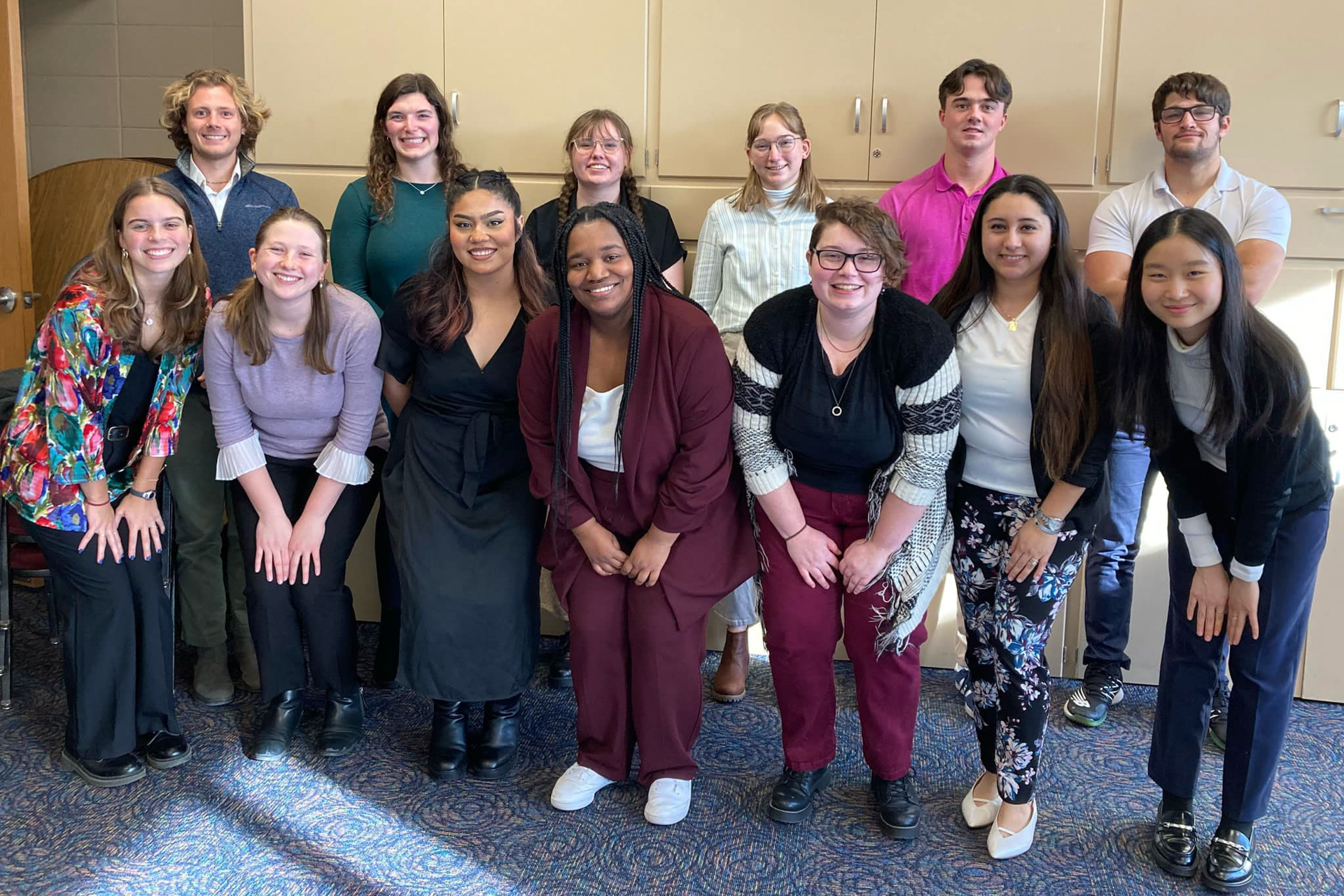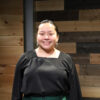Before Goshen College students started thinking about returning to school, student teachers were already in full swing in the classroom last fall.
Suzanne Ehst, director of secondary education, alongside Kathy Meyer Reimer, director of elementary education, oversaw the process and structure of student teaching.Ehst explained, “everyone gets oriented to the expectations, gathering all the information we need along the way, as well as running a few seminars that relate to what they are experiencing in the schools.”
In the first weeks, the student teachers are doing small tasks to support the classroom teachers such as introducing themselves or doing small group work. “We want them to be interactive and establish their presence as the second teacher in the room,” Ehst said.
The student teacher eventually picks up one or two classes at a time. At the elementary level, that might mean picking up one subject or block. At the secondary level, it might be taking over a couple of class periods, or grade levels.
Usually, from late September to October, the student teacher then carries the cooperating teacher’s full load. “You are doing it all — the planning, the grading — the bulk of the responsibility has shifted to the student teacher,” Ehst explained.
Jakyra Green taught high school honors English at Concord High School. She would wake up around 5 a.m., ensuring she reached the school by 7:45 a.m.
Ana Neufeld Weaver was at Parkside Elementary teaching music and Spanish. Neufeld Weaver would wake up at about 6 a.m., arriving at the school by 7:15 a.m.
Ehst said, “I love when I watch a student teacher and I see something that they have been working on just click — whether it’s classroom management or a way of speaking to students.”
Green illustrated one of those moments: “During a substitute teacher’s presence, the class became very talkative. After attempting an ‘authoritative’ tone, I was met with amused looks from the students, followed by laughter. I laughed, too, because it dawned on me that my teaching style leaned away from strictness — it wasn’t me.”
For Neufeld Weaver, one day, the power went out with kindergarteners during Spanish class during only the second week of teaching. Neufeld Weaver explained: “It was a moment where things could have gone really badly, but I was proud of myself for being able to handle the situation.”
Ehst names the “one-on-one support and contact” as a distinguishable factor of the program, saying, “our college supervisors are out there and available if people run into issues, and they are collaborating with the cooperating teachers.”
Green also credits a good support system, including a friend who was also student teaching: “We vented to each other about the good and the bad, especially during times when we felt like giving up or doubted our place in the field.”
“My cooperating teacher was supportive,” Neufeld Weaver said about how her cooperating teacher was there to help her problem solve and share the “emotional burden.”
Ehst also spoke about the load that student teaching requires: “I really like the phrase ‘emotional labor’ to talk about one of the things teaching requires of us.”
“It is really difficult for peers of student teachers to understand the amount of emotional and intellectual labor that the student teacher is doing every day.”
Though student teaching is not easy, there are invaluable moments. Green said, “My most enjoyable experience was fostering connections with students. I dedicated myself to actively building relationships with as many of them as possible.”
According to Ehst, another hallmark of the program is the diversity, equity and inclusion: “We hope that students are carrying with them the equity lens we’ve tried to build throughout programming from the first course on.”
Green spoke about her experience noticing the disparities in the honors classroom: “I realized how these classes often do not include many students of color, especially Black students. I made a conscious effort to build relationships with my Black and brown students who were there and sometimes questioned why they were even placed in honors classes.”
One highlight for Neufeld Weaver was “getting to use things I’ve researched, actually being able to apply that to the classroom.” Another was during a field trip, students sang a song they learned in class: “They made music on their own using what they learned in class.”
To finalize the semester, student teachers participate in a three-week seminar course following student teaching to allow processing.
These are Ehst’s hopes for the student teachers: “I hope they find a place where they can teach well, with joy, and not have it consume their whole lives.”




